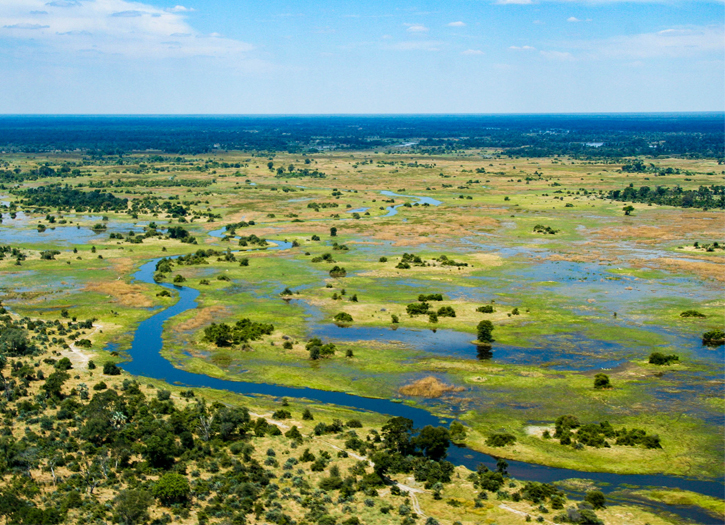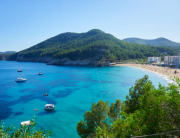On 30 March, the first three cases in the country were confirmed.On 25 March a 78-year-old woman who was suspected of having COVID-19 died in Ramotswa.A few days after her death, the results came back positive making it the fourth case of COVID-19 in Botswana. In a live broadcast on BTV vice president Tsogwane said tracer teams had picked up 14 other people who had been in contact with the deceased and testing has been conducted on them. The results of those who were in contact with the deceased were announced by the Minister of Health and wellness Dr. LemogangKwape who also announced the first three cases.At the end of the month, the number of confirmed cases had reached 4 and there were three active cases.
According to the Ministry of Health contact tracing has commenced in Molepolole, Metsimotlhabe, Mahalapye, Bobonong and Siviya, all of which have coronavirus cases. As of 1 May 2020, 7675 tests have been made, members of the National Assembly and the president and the vice-president were found negative.In a televised speech, Masisi extended the national lockdown by a week and a further two weeks during which the lockdown would be sequentially eased. According to the president all 21 COVID-19 patients are asymptomatic and on their way to a full recovery.
Three more recovered patients were announced on 1 May 2020.On Thursday 7 May 2020 Botswana recorded on more COVID-19 recovery. On Friday 8 May 2020 00:00 GMT+2 Botswana’s 35 day lockdown period came to an end, the end of this period marks the beginning of the ease of the COVID-19 restrictions put in place by government for a further three weeks, with the return to work phases starting on 8 May 2020 and ending on 14 May. On Monday 11 May 2020, Botswana recorded 1 more case.There were 14 active cases, a decrease by 18% from the end of April.
The Botswana COVID-19 Presidential Task Force had decided to put the zone under lockdown for the second time from Saturday 13 June. This meant that schools and other non-essential services were re-closed, no movement without permits as was during the initial lockdown. On 15 June the Task Force announced that it would end the lockdown period from Tuesday 16 June 00:00 local time as they had successfully used contact tracing to identify known contacts. Of 16 people tested, 10 tested negative, with 6 awaiting results.On 28 June 54 more cases were confirmed, the highest number reported in a single day so far, bringing the total number of confirmed cases to 175.
There were 354 new cases on 20 September, the highest number of daily reported cases so far and bringing the total number of confirmed cases to 2921. The death toll rose to 16.Three days later, the total number of confirmed cases rose by 251 to 3172.By 4 October the number of cases had grown to 4400, of which 2250 remained active, 834 had recovered and 1298 transferred to other countries.The following day the number of cases increased to 4520. Two COVID-19 deaths were reported on 6 October, bringing the death toll to 118.
As a precautionary measure the government has banned gatherings of more than 50 people and the entry of people from countries deemed high-risk.On 24 March, the government announced that borders would be closed. Citizens of Botswana are permitted to return but must be quarantined for 14 days. There is concern, however, that people may still enter Botswana illegally from Zimbabwe by avoiding official border crossings.All schools were closed from 20 March. Teaching resumed on 2 June.The pandemic and travel restrictions disrupted what was to be Botswana’s first elephant hunting season since 2014 and affected the diamond industry.
On 31 March the president of Botswana, Mokgweetsi Masisi gave a speech and declared a State of Public Emergency for the purpose of taking appropriate and stringent measures to address the risks posed by the COVID-19 pandemic. The president said that a 21-day State of Public Emergency would not be sufficient to employ the necessary measures to fight the pandemic.







Add Comment
You must be logged in to post a comment.